The Bank of England Museum is a fascinating museum located in the city of London where you can see money come to life. The Museum offers visitors a unique opportunity to explore the history and workings of one of the world’s oldest and most influential central banks in the world. This museum is a must-visit for anyone with an interest in economics, finance, or British history It also provides a wealth of information about the role of the Bank of England in shaping the UK economy over the past three centuries.
I may have been compensated, or could be compensated, if you click on a link in this post via a cash payment, gift or something else of value for writing this post. See our full disclosure policy and privacy policy for more details.
I personally have a big passion for London which all started long ago when my Nanny Dolly took me to the Bank of England Museum. If you fancy something different why not try visiting and discover the history of the bank, the history of money and our economy all in one? It’s a great place to take the kids and get them to learn about saving and also discover the history of the Bank of England.
Established in 1694, the Bank of England is one of the oldest central banks in the world and has played a critical role in the development of the British economy. The museum offers a wide range of exhibits and interactive displays that showcase the Bank’s history, from its founding as a private bank to its current role as the UK’s central bank.
Everything you need to know about visiting the Bank of England Museum in City of London
Visitors can explore the Bank’s own collections of rare coins, banknotes, and historic documents. They can also learn about the various functions of the Bank, including its role in regulating the banking sector, setting monetary policy, and issuing currency.
Whether you’re a student of economics, a history buff, or simply looking for a unique cultural experience in London, the Bank of England Museum is a must-see attraction. It offers people a look into its history and the unique role it plays today. So why not plan a visit and discover the fascinating history of one of the world’s most important financial institutions?
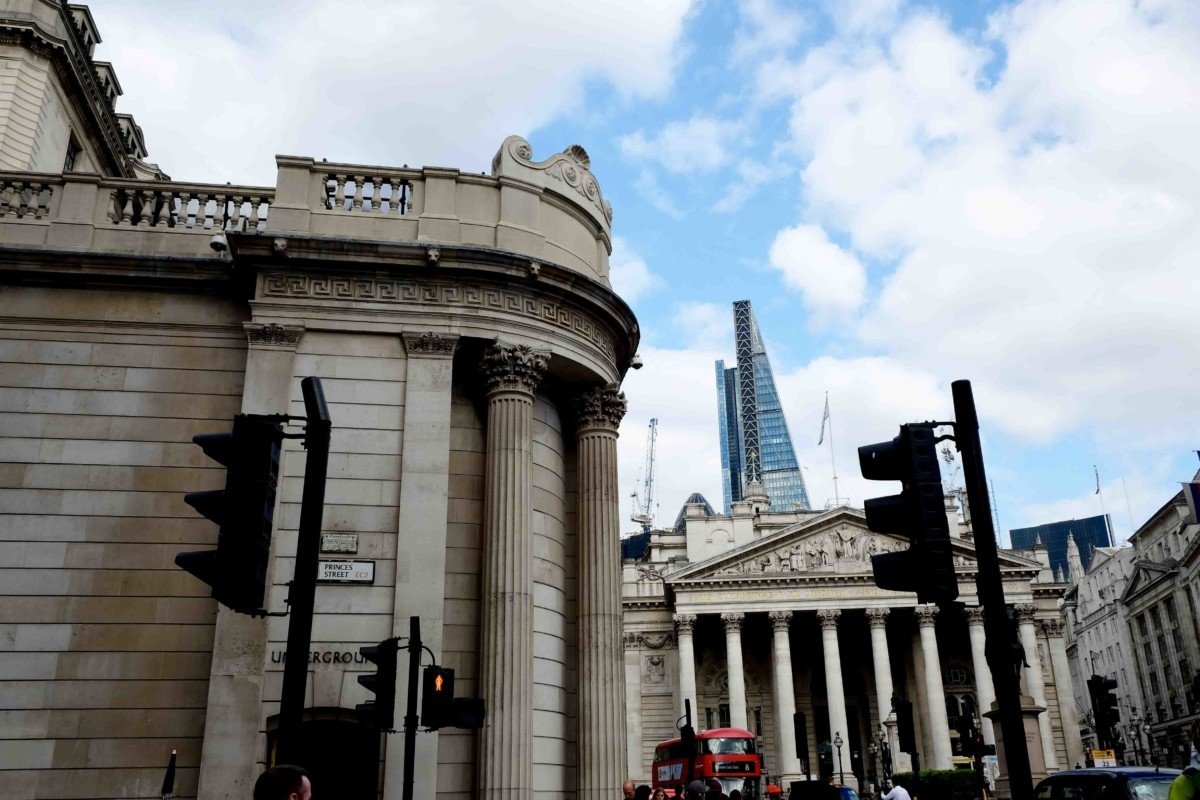
The Bank of England Museum was a working Bank
My Nan, Doris Harrington worked at he Bank of England for many years. She was so proud of her job there. When she retired she was thrilled to meet the “guvnor” as she so called him. We think now this was either Gordon Richardson who was the Governor from 1973–1983 or Robin Leigh-Pemberton who was there from 1983–1993.
We are not sure how many years she was there and we are not entirely sure of her role as she is no longer with us to ask. She had a pension and a big retirement party there. We had many fond memories of being at the bank so we know it was a long time.
The bank museum had a display for the people that worked in the offices there many years before it opened. I remember being taken to the museum as a small child in the early 80s. This was way before it was open to the general public. There were display cabinets housing all of the old coins, notes and stamps. I was so interested that I started my own foreign note collection shortly after.
We were also lucky enough as small children to sit in the offices of the bank and watch the Lord Mayor show from the windows! What a perfect view; we think this photo was in 1981.

Visiting the Bank of England
Visiting the Bank of England could not be easier today. Its opening hours are from Monday to Friday, 10 am – 5 pm and is free to visit. It has a variety of different rooms to explore including:
- The Bank’s Stock Office
- The Early Years, 1694 – 1800
- The Rotunda, 1800 – 1946
- The Banknote Gallery
- The Modern Economy,
- 1946 to present
When I suggested to my mum just recently we should visit the Bank of England museum, she exclaimed ” I’ve never been”. So it was the perfect opportunity to go together and discover just how much it had changed.

The Banks Stock Office
The museum consists of several rooms featuring virtual tours, facts, information and historic artefacts.
The Banks Stock Office is a great area for kids and schools to explore. They can learn about the history of banknotes and the financial system. In this main room, you can take part in an interactive boat game that explains the role the bank plays in our economy and what the bank actually does.

Early Years and Rotunda rooms
Travel through 300 years of history in the Early Years and Rotunda rooms. Discover the events and people that have shaped the Bank of England over the centuries.
Here you can also learn about the architecture of the bank in its early years and then later on through the ages. It has been extensively remodelled over the years. You can see photographs and plans dating back from the beginning of the 17th century.
The interior architecture is beautiful too; learn about the layout of the bank and its interior architecture through interactive screens inside the museum. See beautiful mosaics and stone memorials, cantilevered staircases and even a courtyard garden with many secret stories.
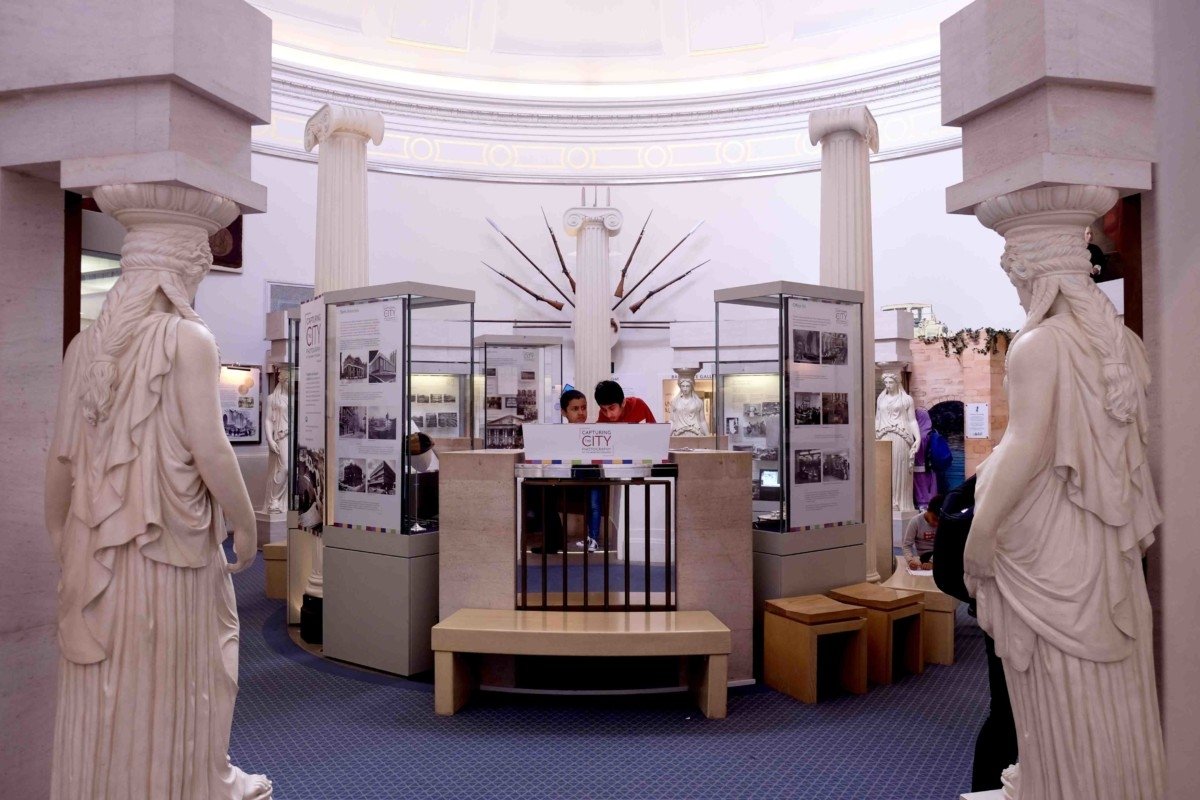
The Bank of England is sometimes known as the old lady of Threadneedle Street. It was founded in 1694 during a period of economic turbulence. You can learn about the early years and how the Bank was actually founded including seeing the original royal charter.
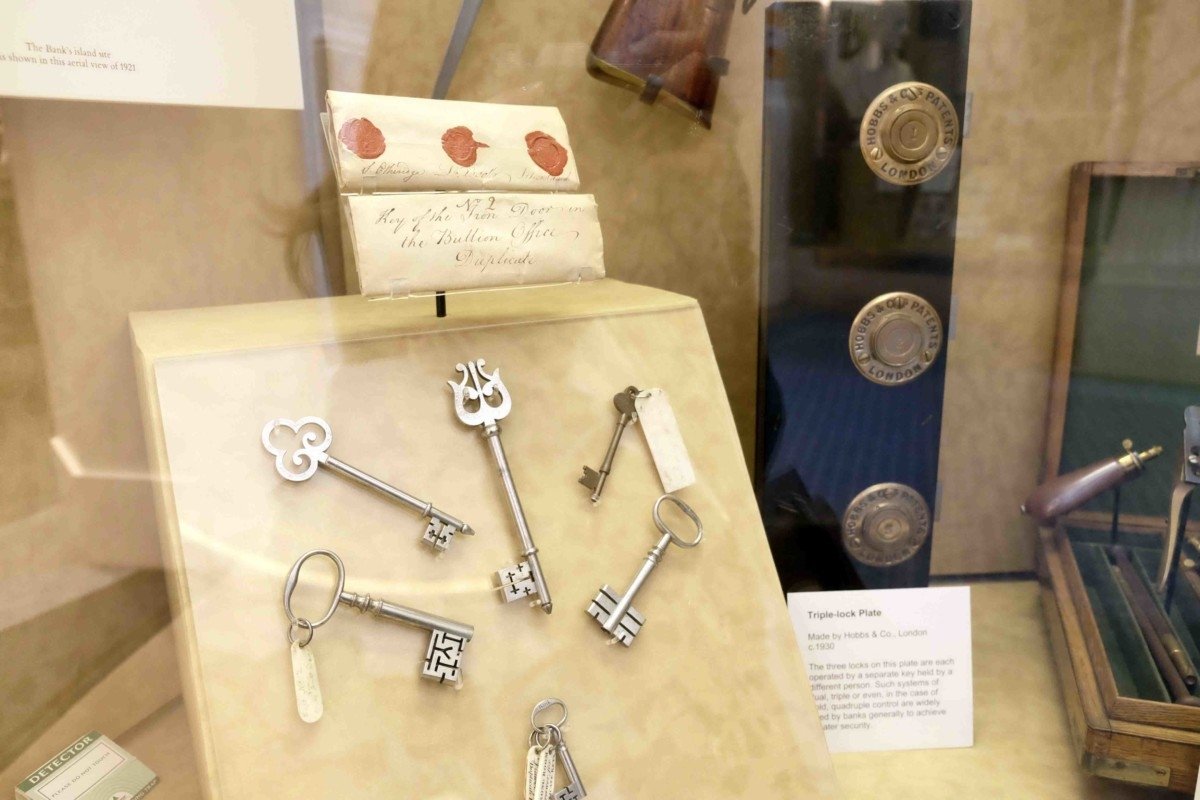
See gold and banknotes in the Rotunda room and learn about how money was made.
In the Modern Economy room, find out why there are 400,000 gold bars in the Bank of England’s underground vaults. You will see the earliest paper money was a receipt for gold left with goldsmiths for safekeeping.
Gold being too heavy to carry around it became more convenient to exchange paper rather than gold itself, thus leading to the rise in paper money.
Have you noticed on the top of a banknote the words ” I promise to pay the bearer on demand the sum of”? This dates back to the time when all banknotes were handwritten and exchanged.
Since then, banknotes have changed in style and design and there is so much work that goes into them. In the gallery, you will see printing and design methods used for making these. As well as examples of all of the old notes and receipts.
Find out how people have been forging money for years and the lengths at which the Bank of England has gone to protect it.
The amount of work that goes into the design is astounding.
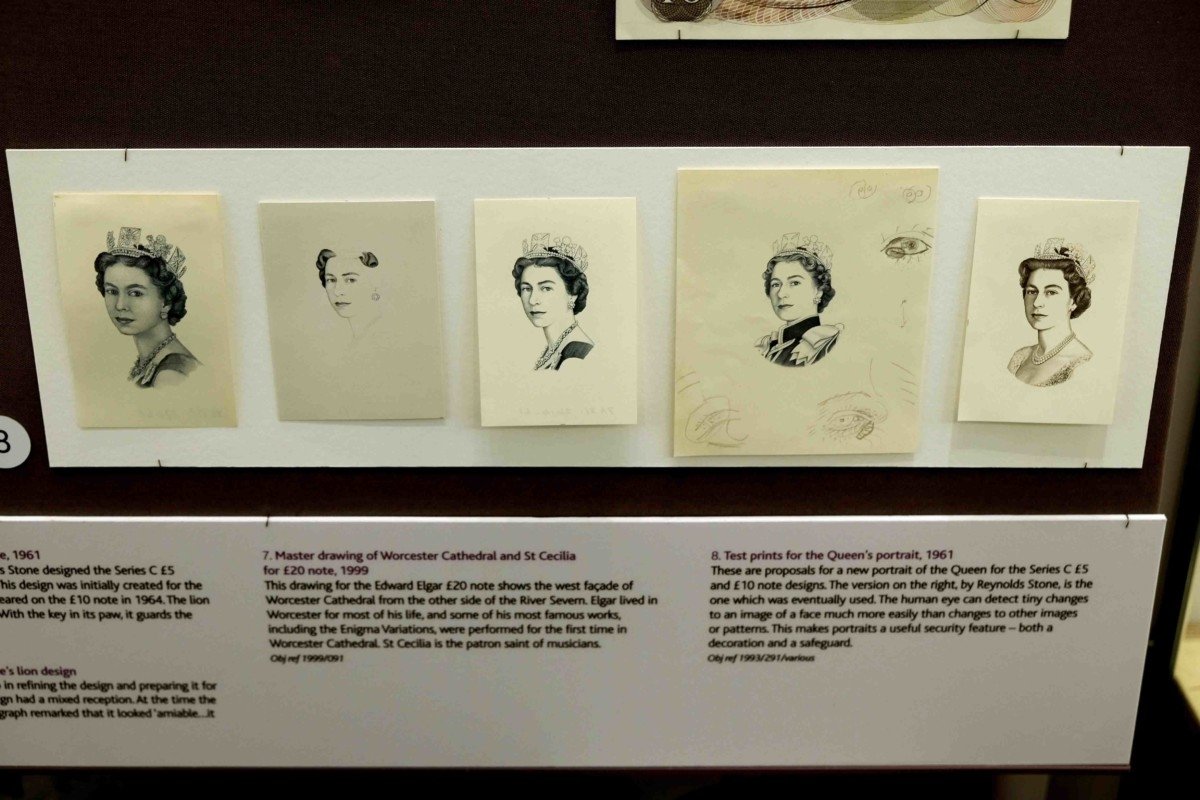
There is a great section on the issue of banknotes and the making of the new polymer note. Find out about the features, such as the foil round green emblem on the back of the note. This contains the name Blenheim referring to the maze where Sir Winston Churchill lived.
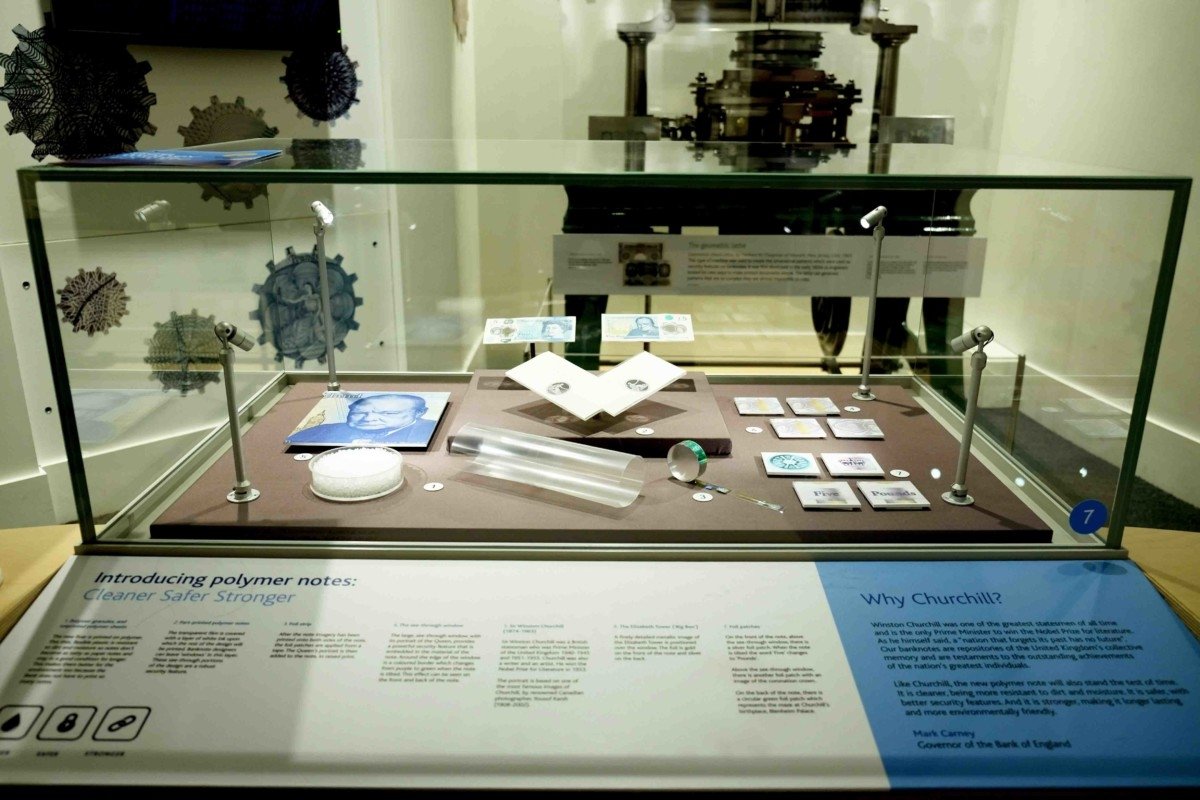
See all of the safety features on the new note, including notes on design and manufacture.

Try to lift a real gold bar for yourself.
One of the best bits is getting the opportunity to lift a block of pure gold. Perhaps the high light of the museum is getting to hold a bullion of gold! In a secure box with cameras, you can put your hand in and try to feel the weight of the gold. Can you lift it?
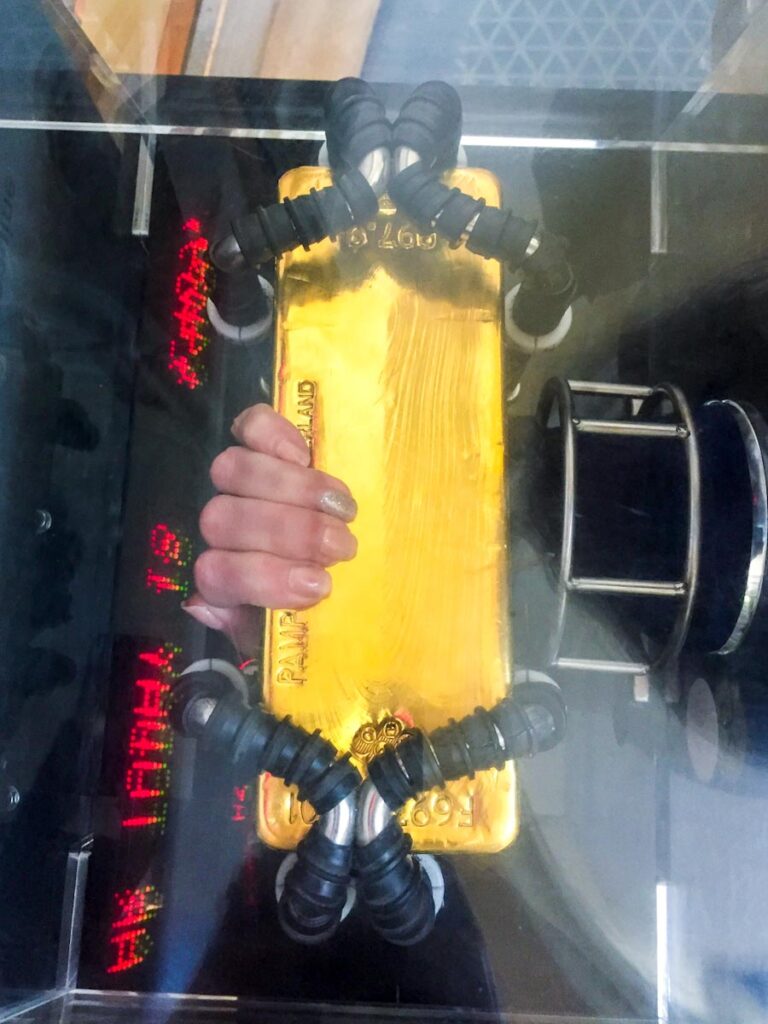
A running live link shows the price of gold in today’s market above. Be careful you are being watched! My mum particularly liked this in fact she wouldn’t leave until she had held it.
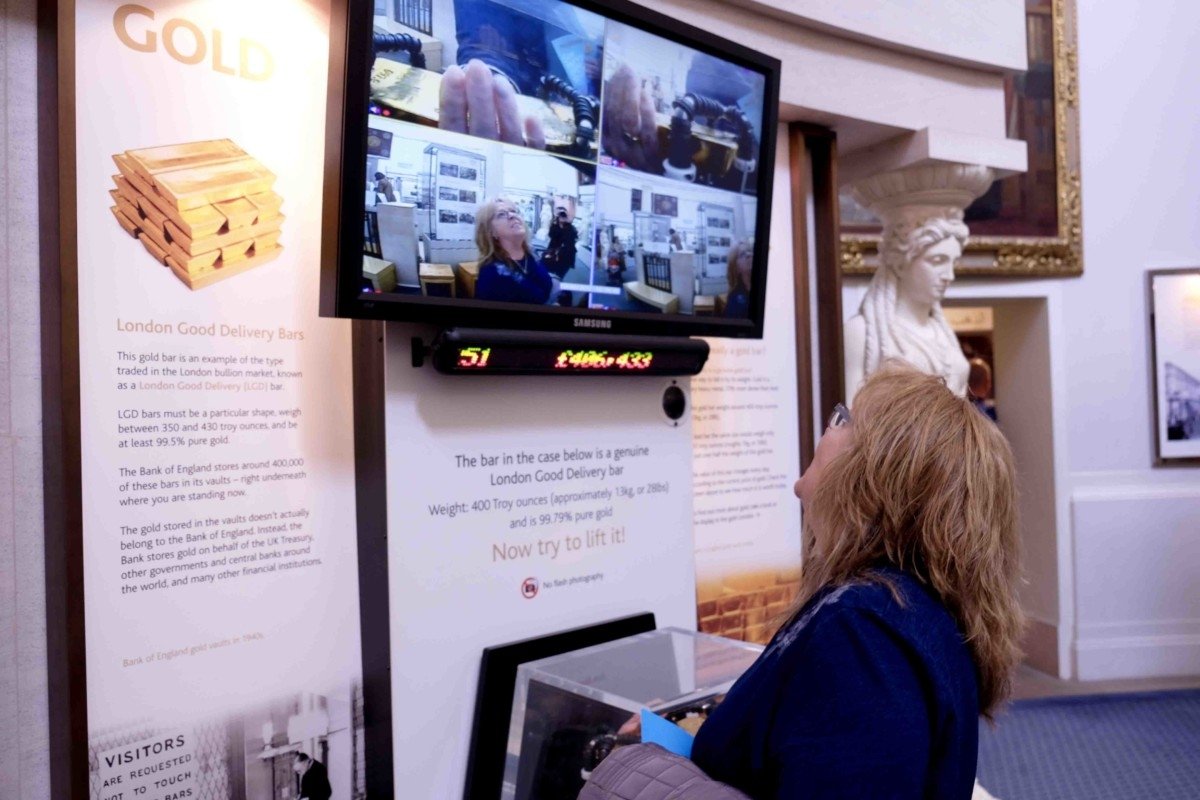
There is a short film on Gold and how it is stored in the vaults on pallets. These pallets can only go so high as the weight of each Gold is 400 Troy ounces. A Troy ounce is a bit heavier than a normal ounce and is used to trade in metals.
The Bank of England provides gold storage for over 70 central banks and a number of commercial ‘bullion’ banks.
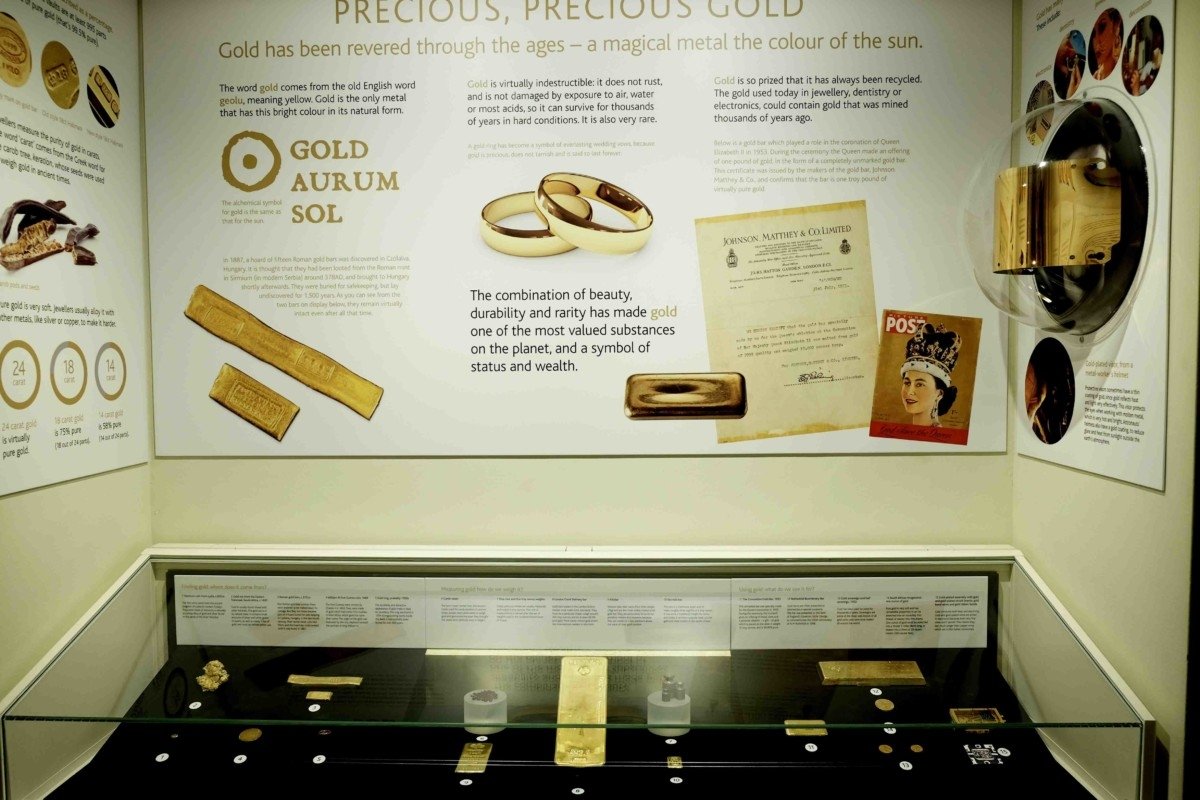
What is the Link between Kenneth Graham and the Bank of England?
Kenneth Grahame was a British author best known for his children’s book “The Wind in the Willows”. He was also employed as a secretary at the Bank of England for almost 30 years, from 1879 until his retirement in 1908.
During his time at the Bank of England, Grahame held various positions. These included the secretary to the governor and the secretary to the deputy governor. He was highly respected by his colleagues and considered a valuable member of the Bank’s staff.
Grahame’s experiences at the Bank of England undoubtedly influenced his writing. For example, in “The Wind in the Willows”, he portrays Toad as a reckless spendthrift who eventually finds himself in debt and imprisoned. This can be seen as a cautionary tale about the dangers of financial mismanagement.
Overall, while Grahame is primarily known for his literary work, his long and distinguished career at the Bank of England is also an important part of his legacy.
The Bank of England Audio Tour
Yes, the Bank of England offers an audio tour for visitors. The audio tour provides a self-guided experience through the Bank’s Museum and includes lots of information. This includes the Bank’s history, its role in maintaining monetary and financial stability in the UK, and its current functions.
The audio tour is available to download on an app and is available in several languages, including English, French, German, Spanish, Italian, Japanese, and Mandarin. Each tour lasts 15 minutes and is available with BSL interpretation. QR codes are available in the museum to launch the tour from the internet browser of your mobile phone (no app needed). Or begin your journey at home by downloading the free Smartify app in advance. If you’re on a desktop, scan the QR code below to download the app.
The Bank of England’s current exhibition Slavery & the Bank
The Bank of England’s current exhibition is Slavery & the Bank it explores the history of transatlantic slavery and the connections with the Bank of England and the City of London. The exhibition reflects on how the wealth created through slavery shaped the development of Britain but in doing so took more than 12 million African people from their homes and families.
Interesting facts about the Bank of England
Here are some interesting facts and things to do at the Bank of England;
- The Bank of England Museum is free to visit.
- The Author of Wind in the Willows used to work at the bank.
- Pick up one of the free booklets to tell you about your tour on the way in.
- Take a selfie in the film room so you look like you are in the gold vault room.
- Check out the Bank of England for events held at the museum annually.
- The nearest Tube station funny enough! is Bank.
- Ever wondered why there is a big gap at Bank tube station? Banks tunnels were built on a curve to avoid the Bank of England’s Vaults. Hence the warning “Mind The Gap” Straight trains and curved platforms don’t work.
- The Bank of England provides gold storage for over 70 central banks and a number of commercial ‘bullion’ banks.
I really enjoyed our visit to the Bank of England Museum in London, Im sure my dear Nanny Dolly would have loved it too.
If you would like to see more of London you can take a look at my Jack the Ripper Museum review Here.
D x
Pin for later


Oh, what a lovely family story! I really want to visit the Bank of England Museum now. It’s one of those things that’s on my doorstep, but I’ve never thought of going. Doh!
I know , it took me along time too, it a great little place x